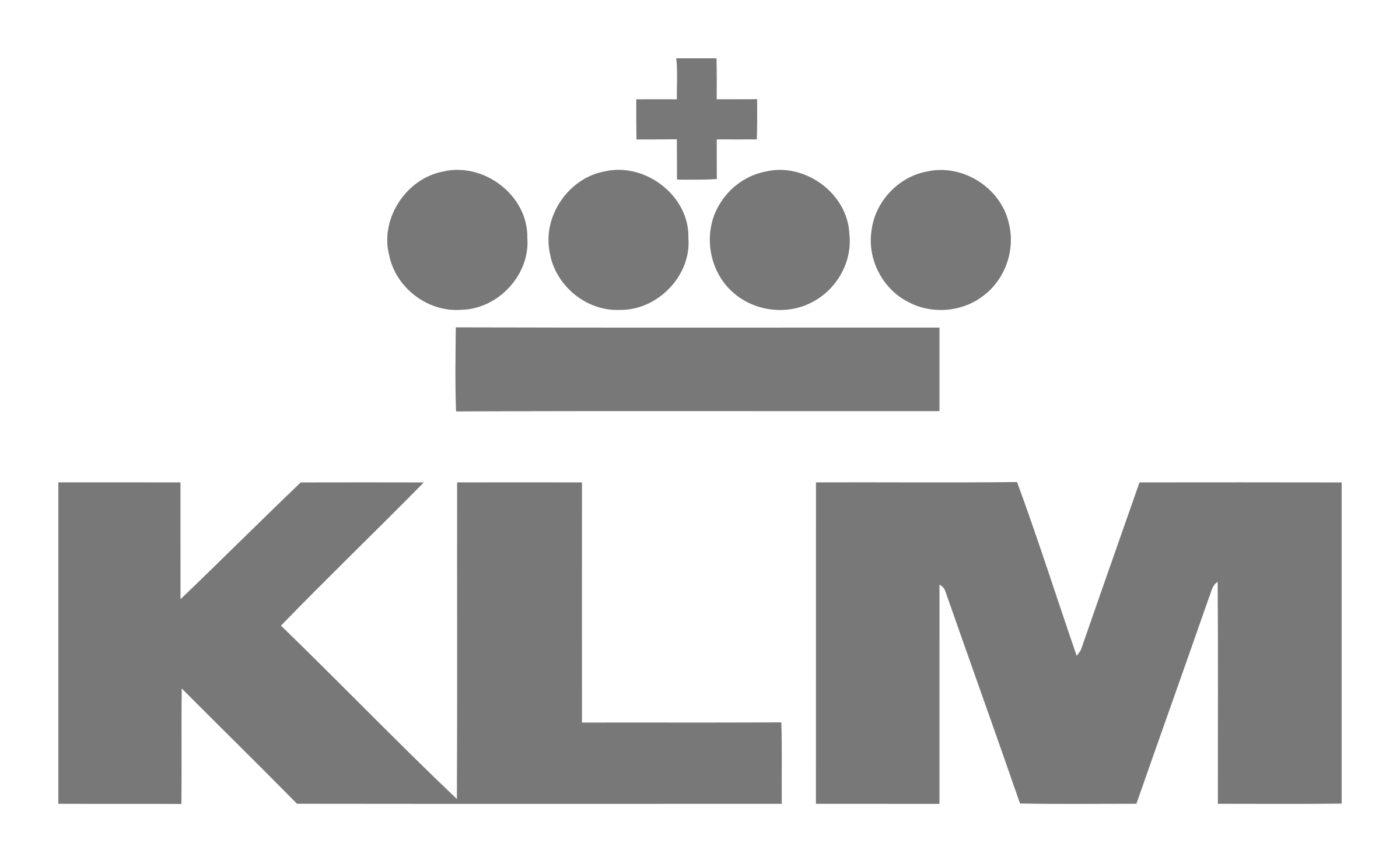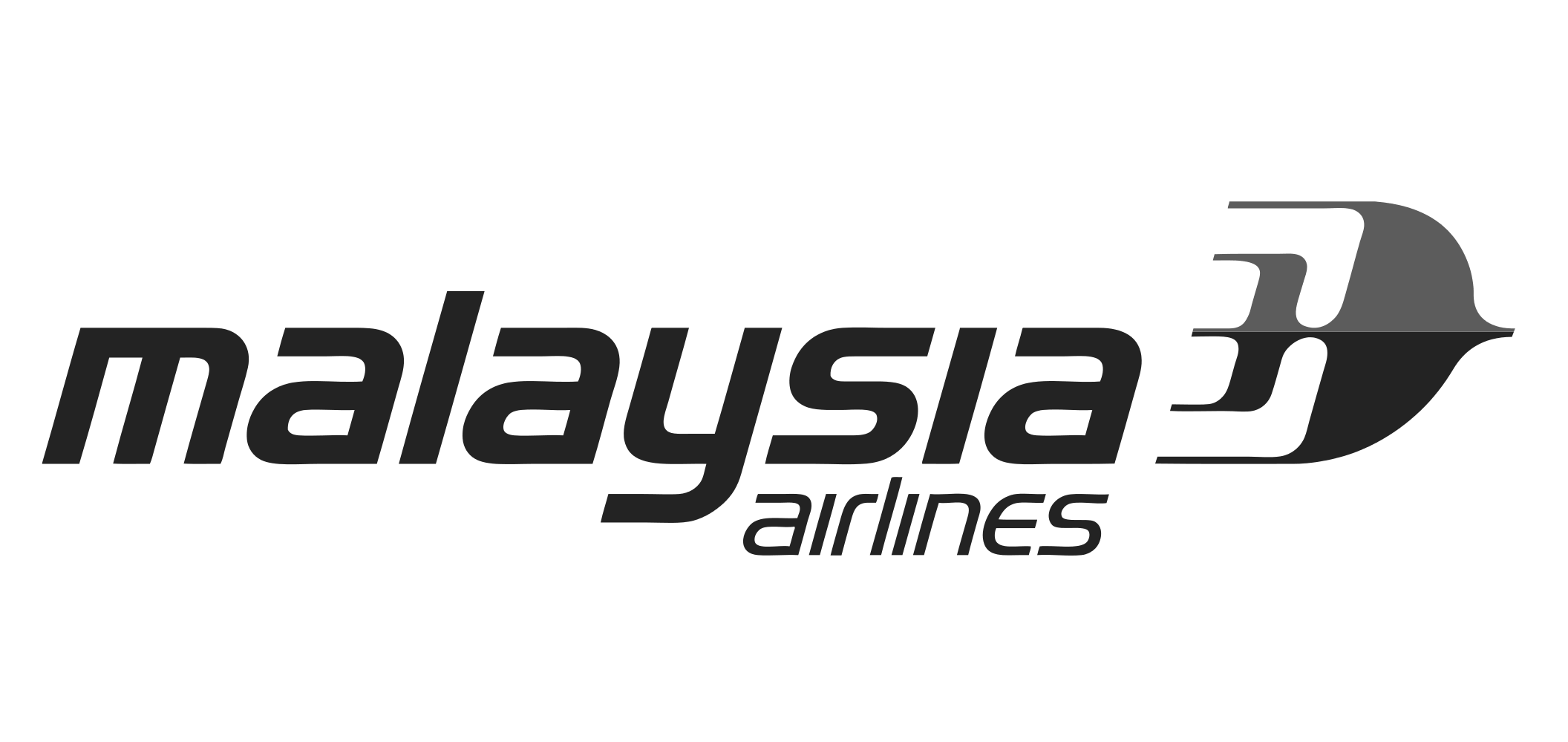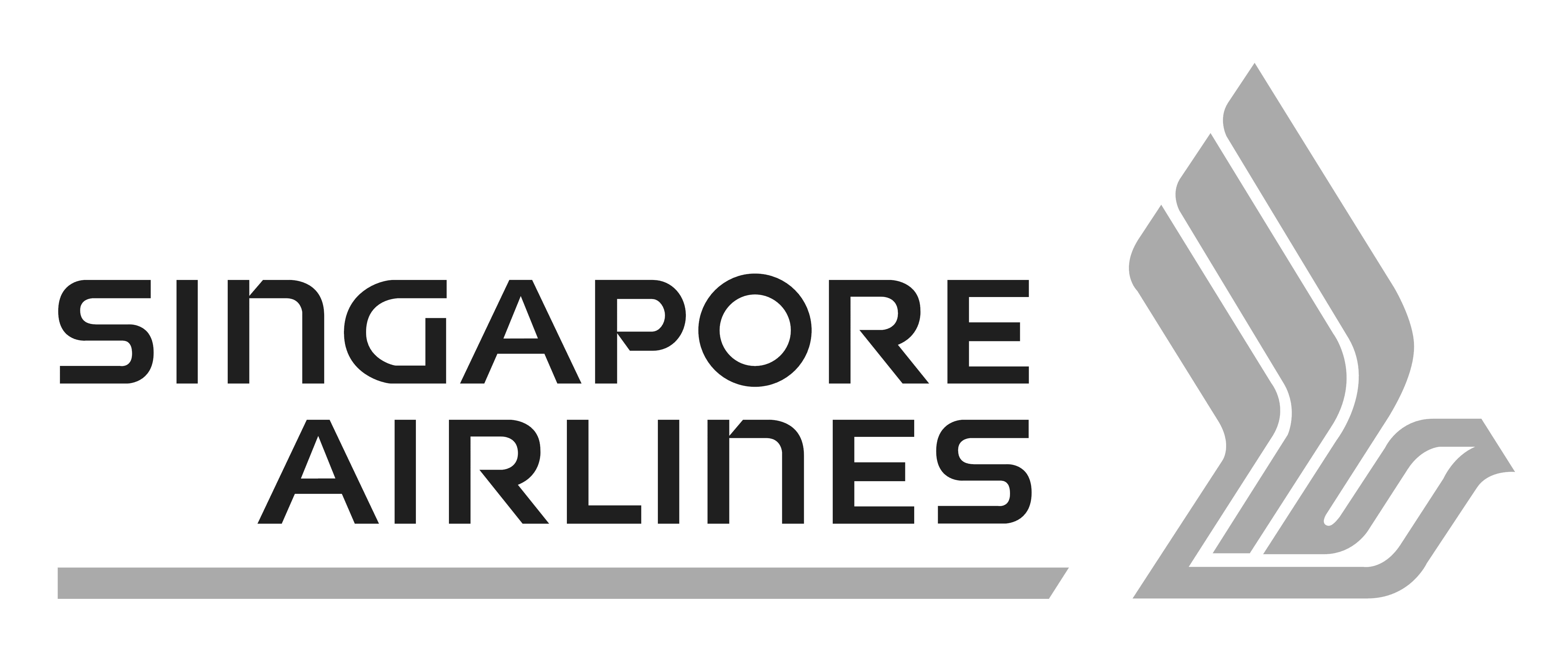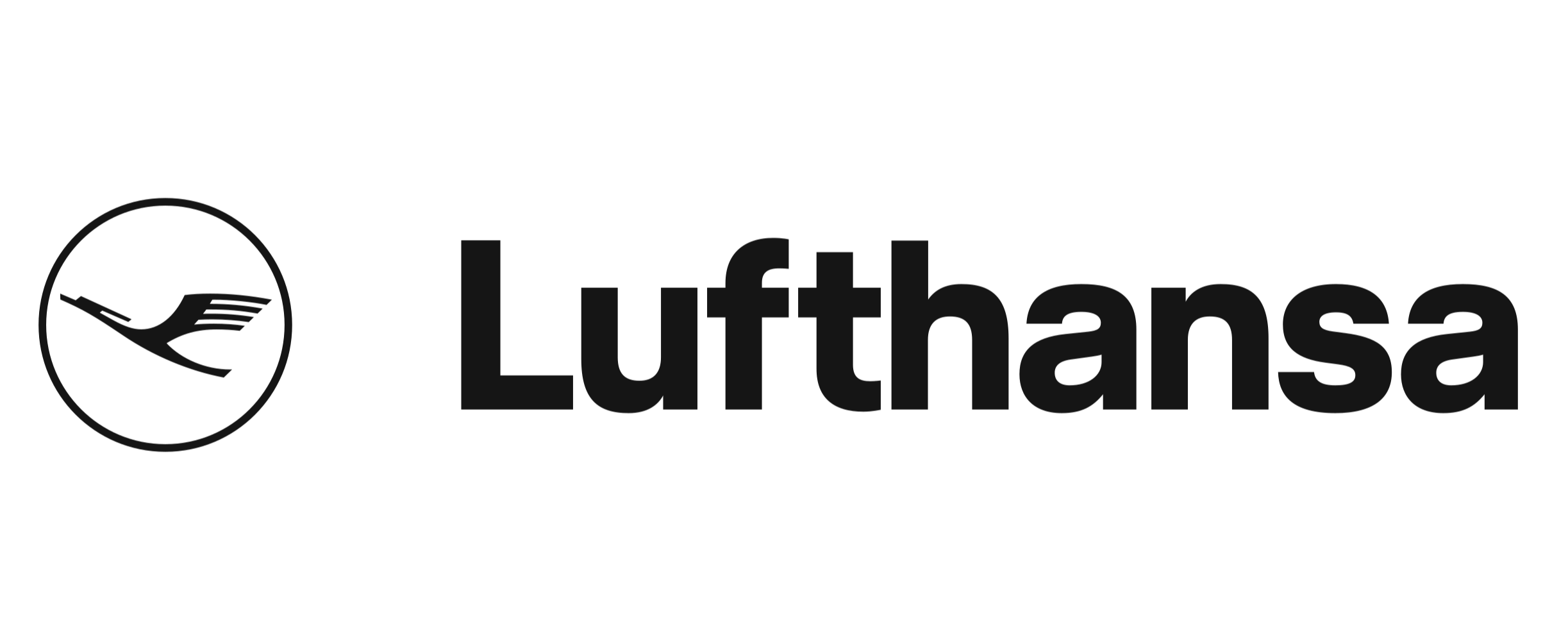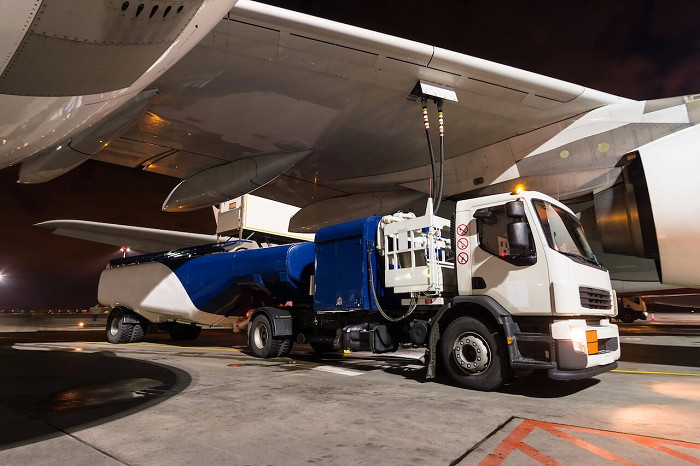Fuel Tank Safety
Phase 2 Initial
Fuel Tank Safety Phase 2 Detailed Training delves into the theoretical and practical facets of fuel tank safety, offering a comprehensive exploration of fuel tank system Airworthiness Limitation Items (ALI), including CDCCL. Aligning with FAA regulations such as SFAR 88 and JAA Temporary Guidance Leaflet TGL 47, this course incorporates theoretical fundamentals, specific examples, and practical insights. Join us on a comprehensive journey throughout this course, where you will delve into the historical events that have shaped fuel tank safety. Develop a profound understanding of the theoretical foundations, exploring concepts like the "fire triangle" and key strategies for preventing explosions.
This course takes you into the investigation of major accidents related to fuel tank systems. Uncover the details of these incidents, learn from their investigations, and understand the safety measures implemented in response. Familiarize yourself with Flammability Reduction Systems (FRS) and their potential hazards, especially when using nitrogen. Acquire the knowledge and skills necessary to maintain safety standards during maintenance practices involving these systems.
By the end of this course, you will possess a profound
knowledge of historical events and theoretical foundations related to fuel tank
safety. You'll understand the regulatory frameworks and initiatives that shape
fuel tank safety practices, demonstrating expertise in identifying and
addressing potential hazards during maintenance, particularly in fuel tank
systems. Elevate your expertise in fuel tank safety with Phase 2 Training,
contributing to the continuous improvement of aviation safety practices.
This course includes
- 4 Lessons
- Voice Over
- Examination
- Course Certificate
Learning Objectives And Topics
Learning Objectives:
Upon successful completion of this module,
participant is able to:
· Explain the history of events related to fuel tank safety issues;
·
Explain the
background and the concept of fuel tank safety;
·
Describe the
theoretical background behind the risk of fuel tank safety:
o The explosions of mixtures of fuel and air;
o The behavior of those mixtures in an aviation
environment;
o The effects of temperature and pressure;
o Energy needed for ignition; the ‘fire triangle’;
·
Describe the
major accidents related to fuel tank systems, the accident investigations and
their conclusions;
·
Explain
flammability reduction systems when installed: reason for their presence, their
effects, the hazards and safety precautions.
Learning objectives are to be achieved
through the following topics:
1. Introduction to Fuel Tank Safety
2. Historical Overview
3. The need for Fuel Tank Safety Training
4. Regulations (SFAR 88 and TGL 47)
5. Major Accidents
6. Basic Elements of Fuel Tank Safety
7. Concept of Fuel Tank Safety and CDCCL
8. Fire Triangle and Ignition Sources
9. Flammability Reduction Systems (FRS)
Top companies offer this course to their employees
This course was selected for our collection of top-rated courses trusted by businesses worldwide. Learn more
